Car cooling systems can fall victim to a number of issues if they are not regularly and properly maintained. What you pay in preventative maintenance costs today can save you exponentially more in future vehicle repairs.
Poor cooling system maintenance can result in:
- Premature failure of cooling system components, including the radiator, water pump, hoses, and heater core
- Improper engine operating temperatures and/or engine overheating
- Permanent engine damage
The Key? Flush, Fill, and Replace
The good news is that cooling system maintenance is very basic and can be done in just three simple steps: flush, fill, and replace.
Suggested Supplies to Do the Job Right
- A proper mixture of manufacturer-recommended coolant and distilled water
- A hydrometer
- Cooling system flush and fill kit
- Garden hose or similar
Flush the System
Before installing a new water pump, and/or based upon the vehicle manufacturer’s specifications, the cooling system should be drained and flushed out completely. Follow the instructions on the flush and fill kit, which includes cleaning agents to help remove rust and other corrosive deposits in the system that may impair performance. Dispose of your old coolant safely and properly based on local laws and regulations.
Refill with Fresh Coolant
Replace the coolant/antifreeze with fresh, quality coolant that’s specifically designed for your car’s engine. Refer to the vehicle manufacturer handbook for product recommendations. Be sure and use the specified amount and ratio of distilled water and coolant as well. Distilled water is used because of its low mineral content. Be particularly careful with this step. Too much water or coolant can be harmful to your system. If the car has a coolant system recovery tank, drain and flush it as well, and replace the old coolant with the recommended ratio of coolant to distilled water.
Replace the Radiator Cap
To maintain proper operating temperature, consider replacing the radiator cap with a new one when flushing your cooling system or changing your water pump. Be sure to include this key step, as the cap’s seal can become compromised over time. An improper pressure in your cooling system can lower the boiling point and increase the likelihood of overheating your engine. Today’s engines must operate at about 220 to 230 degrees to run cleanly and efficiently. This is the temperature that the coolant has to be in order to activate most vehicle cooling fans.
Cooling System Warning Signs
Inspect your cooling system immediately if your vehicle shows signs of any of the following:
- Steam rising from the radiator
- Coolant leaks and/or stains
- Noticeable coolant seepage on engine parts
- A vibration or wobble in the engine fan
- Cracks or splits in hoses
- Hoses that are spongy to the touch
- Frayed, glazed, or oily belts
- Broken or bent fan blades
- A sweet smell from leaking coolant
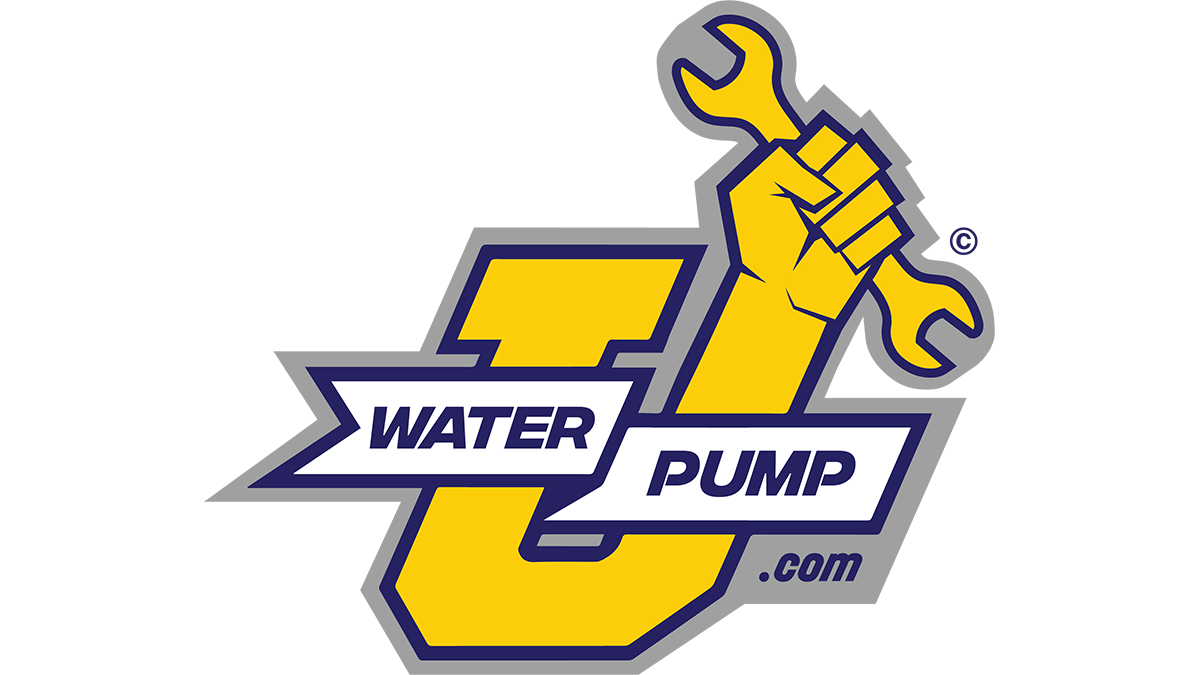
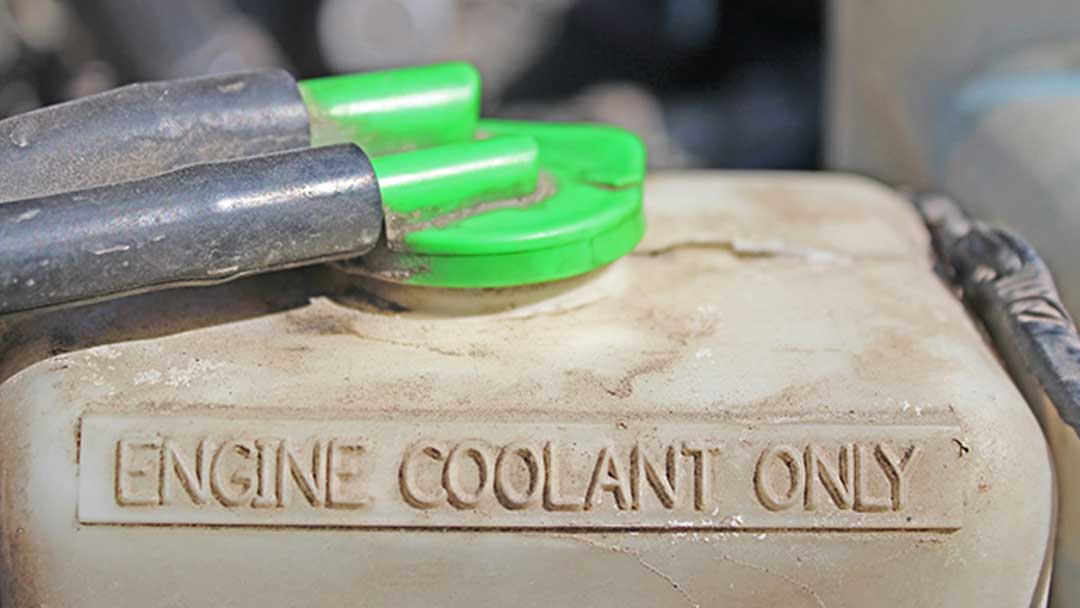
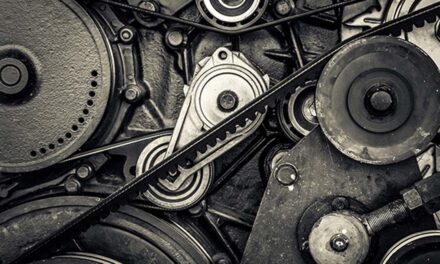
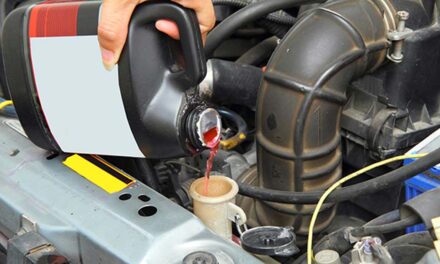
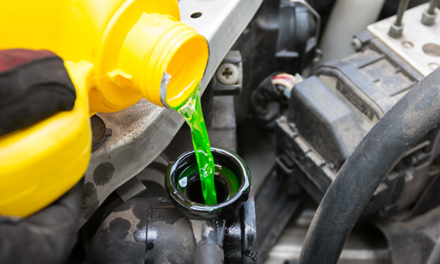
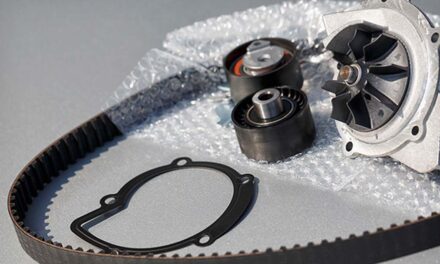
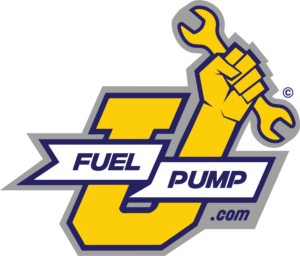
![[Vehicle Fitment]: Compatible with Buick Allure 05-10, Enclave 08-20, LaCrosse 05-08 10-16, Rendezvous 04-06 & Cadillac ATS 13-19, CTS 05-19, SRX 04-16, STS 05-11, XTS 13-19 & Saab 9-3 06-09, 9-4X 11, 9-5 10-11 & Saturn Aura 07-09, Outlook 07-10, Vue...](https://m.media-amazon.com/images/I/41WKoNzHalL._SL100_.jpg)
![[Vehicle Fitment-1]:Compatible with Chevrolet Avalanche 1500 2002-2006, Express 1500 2003-2006, Express 2500 2003-2006, Express 3500 2003-2006, Silverado 1500 1999-2006, Silverado 2500 1999-2004, Silverado 2500 HD 2001-2006, Silverado 3500 2001-2006,...](https://m.media-amazon.com/images/I/51trZsbFCCL._SL100_.jpg)
